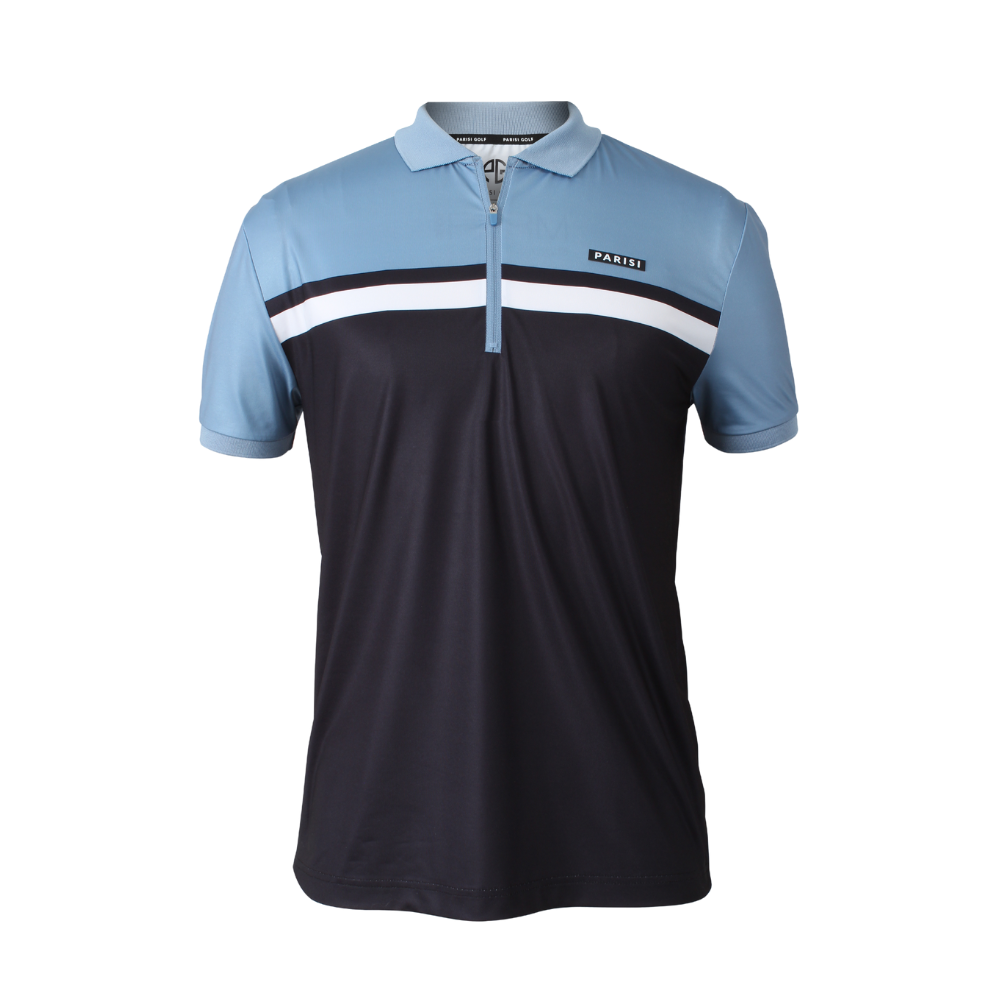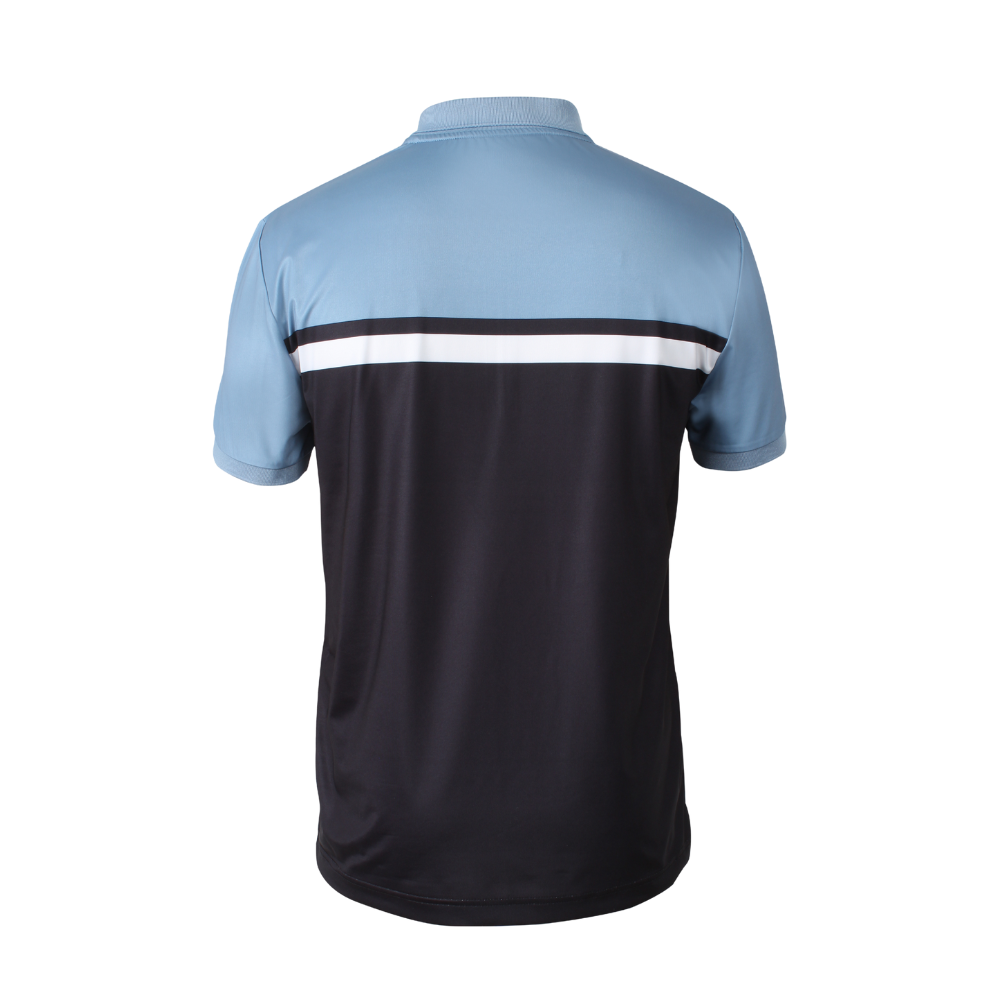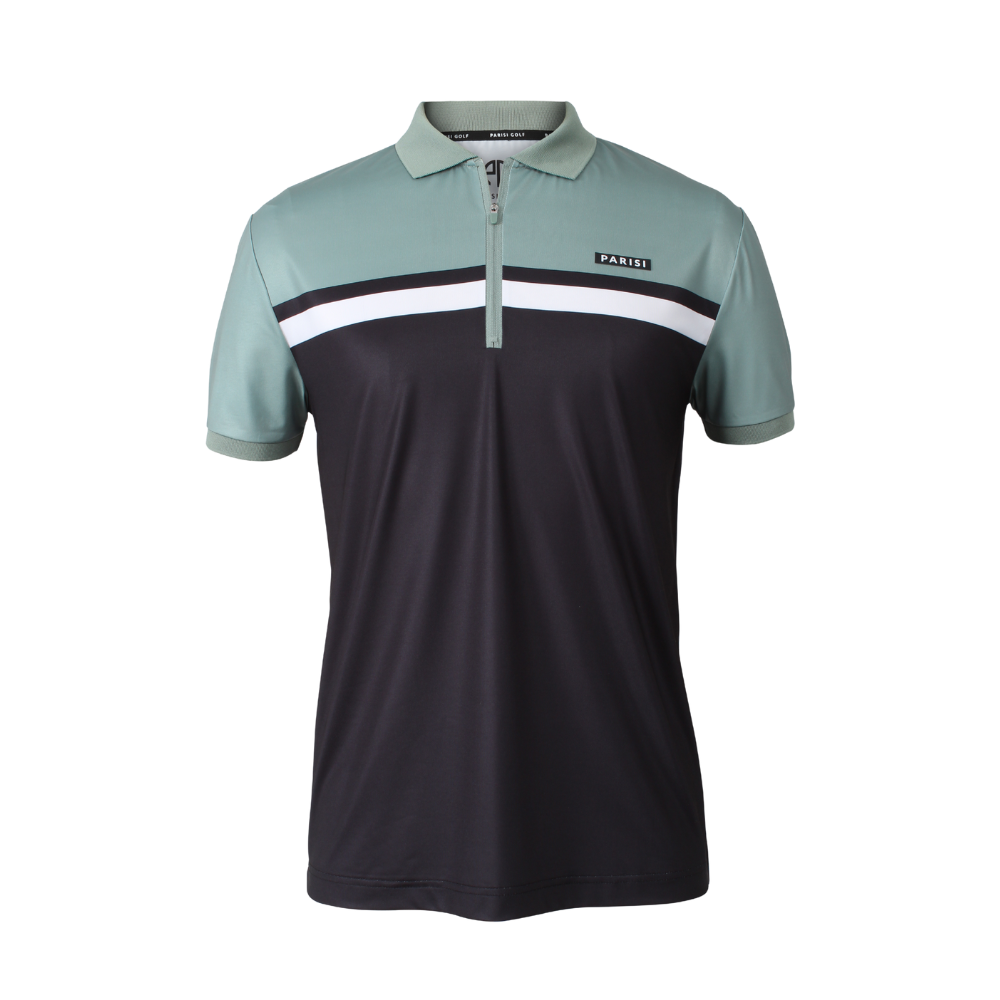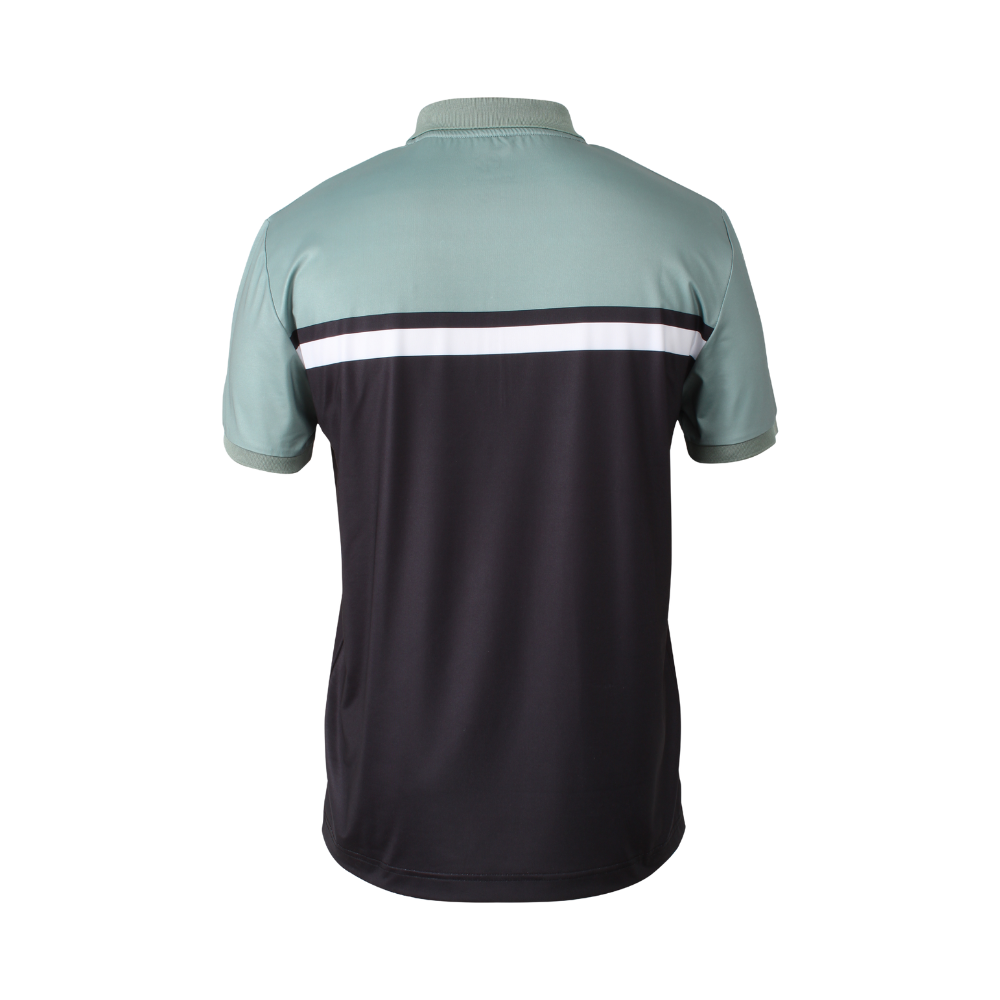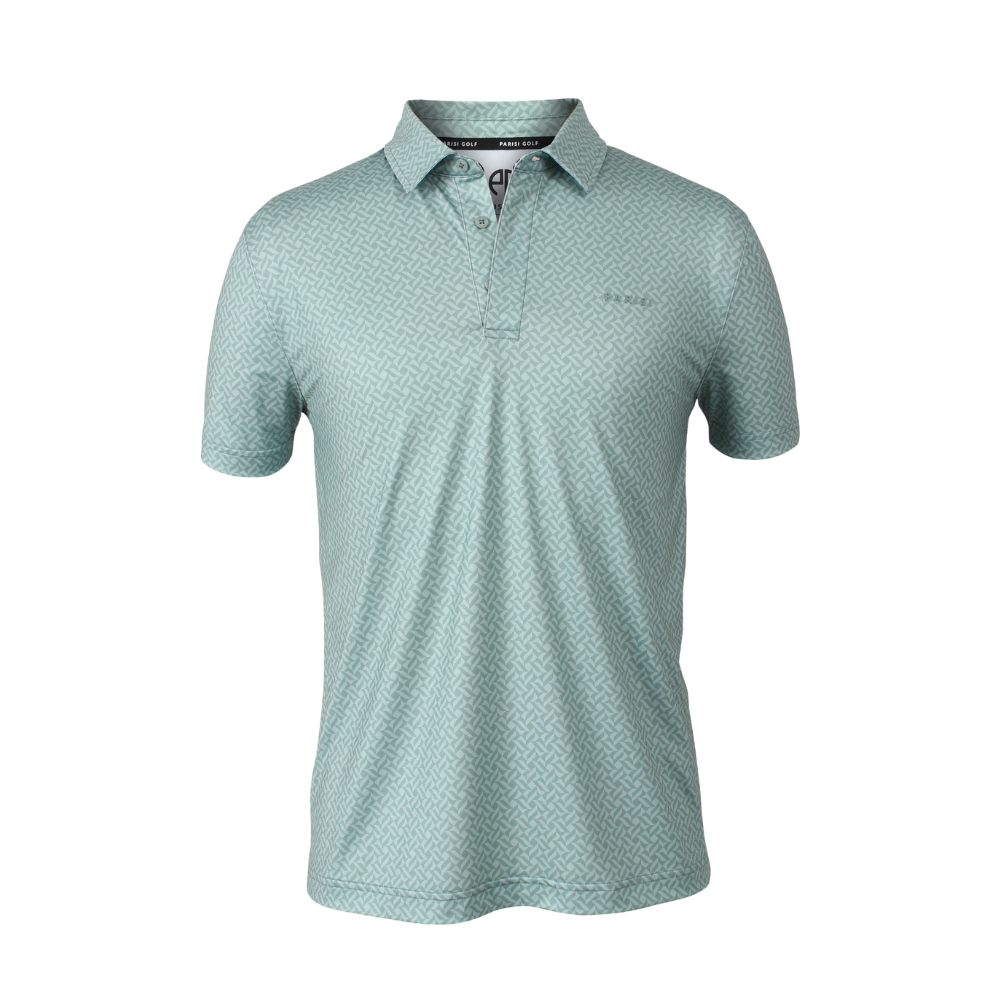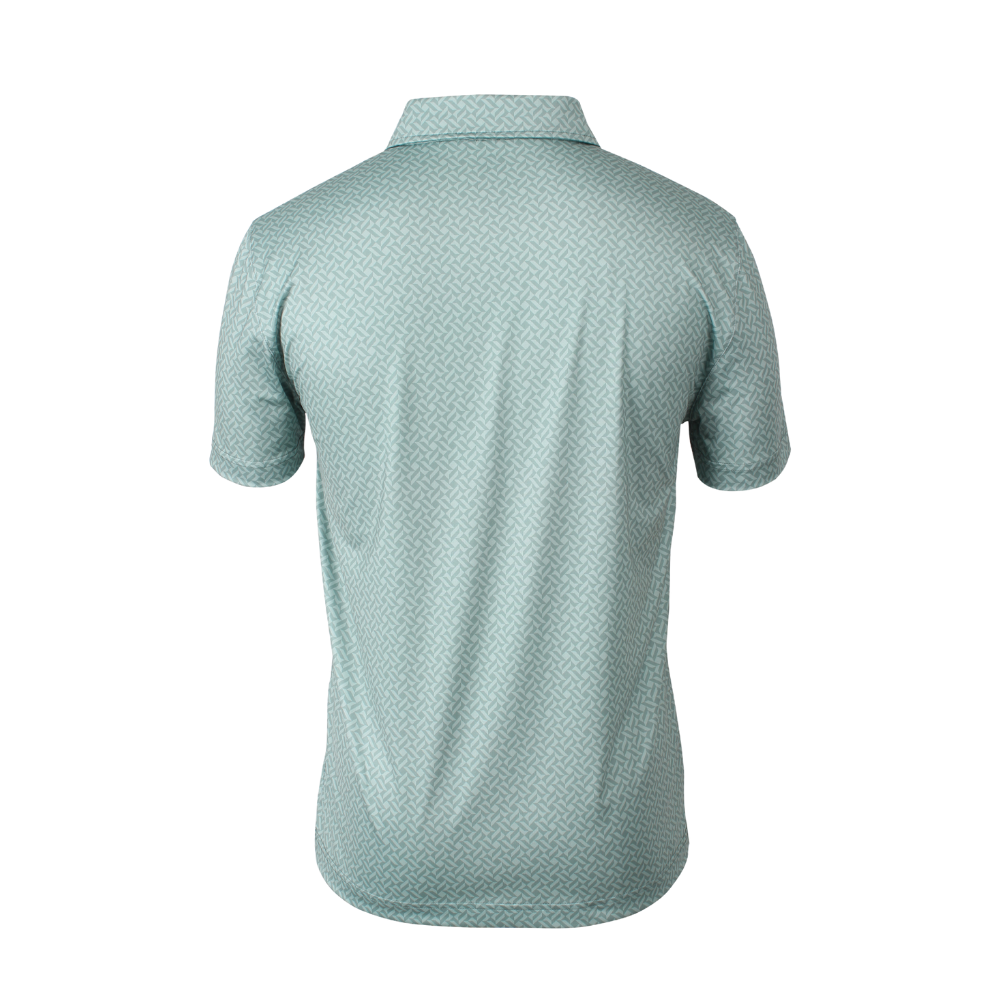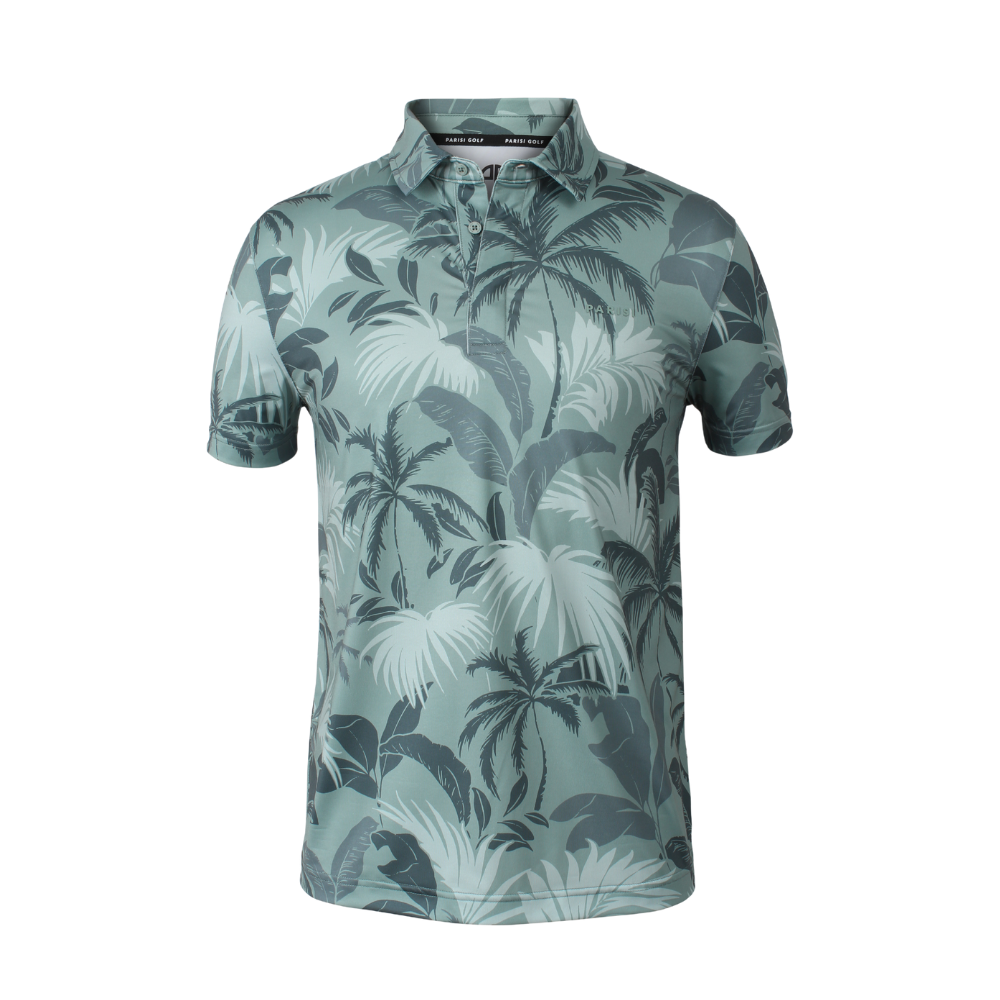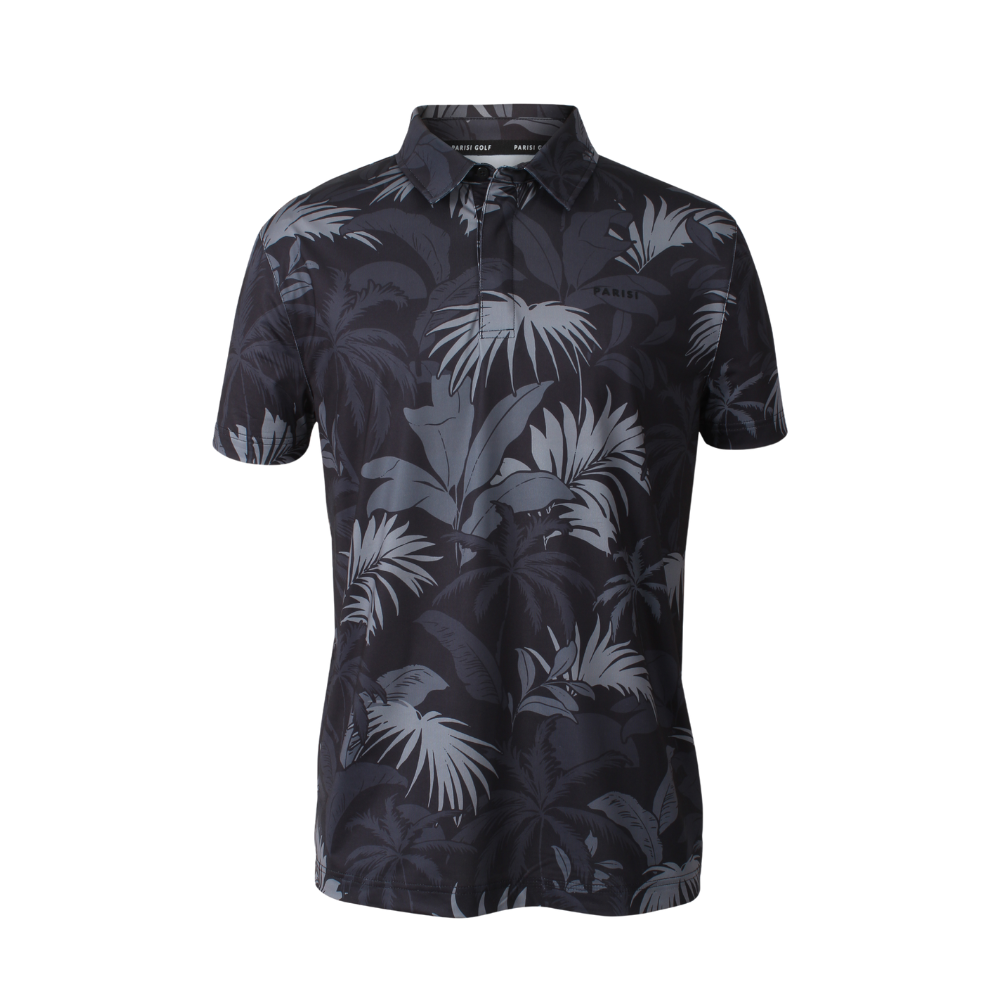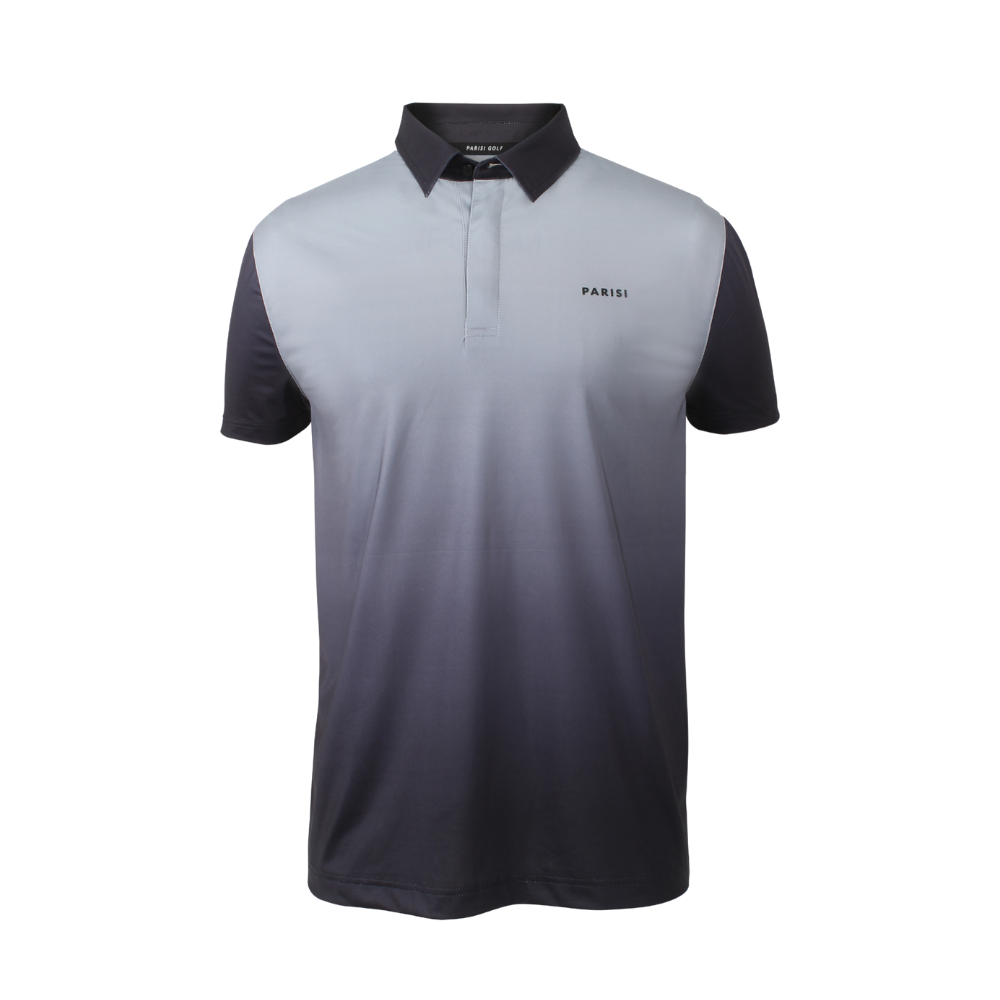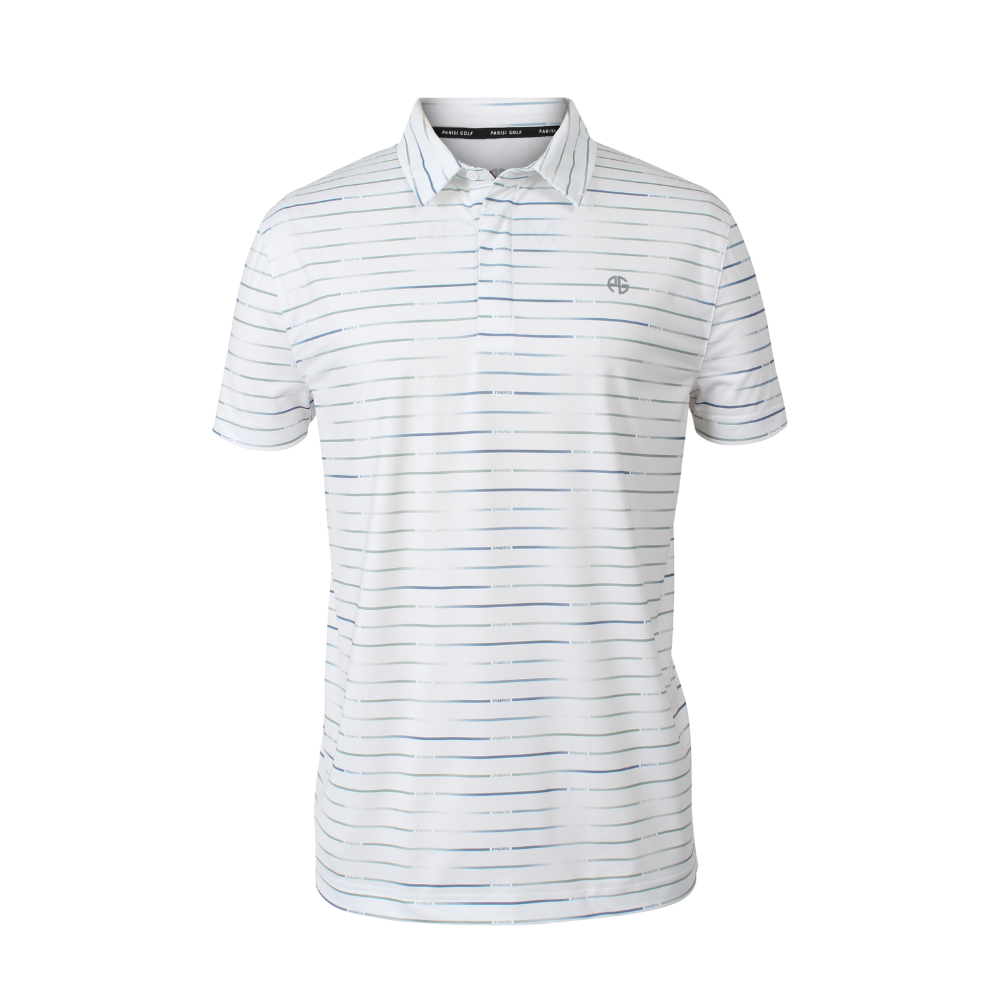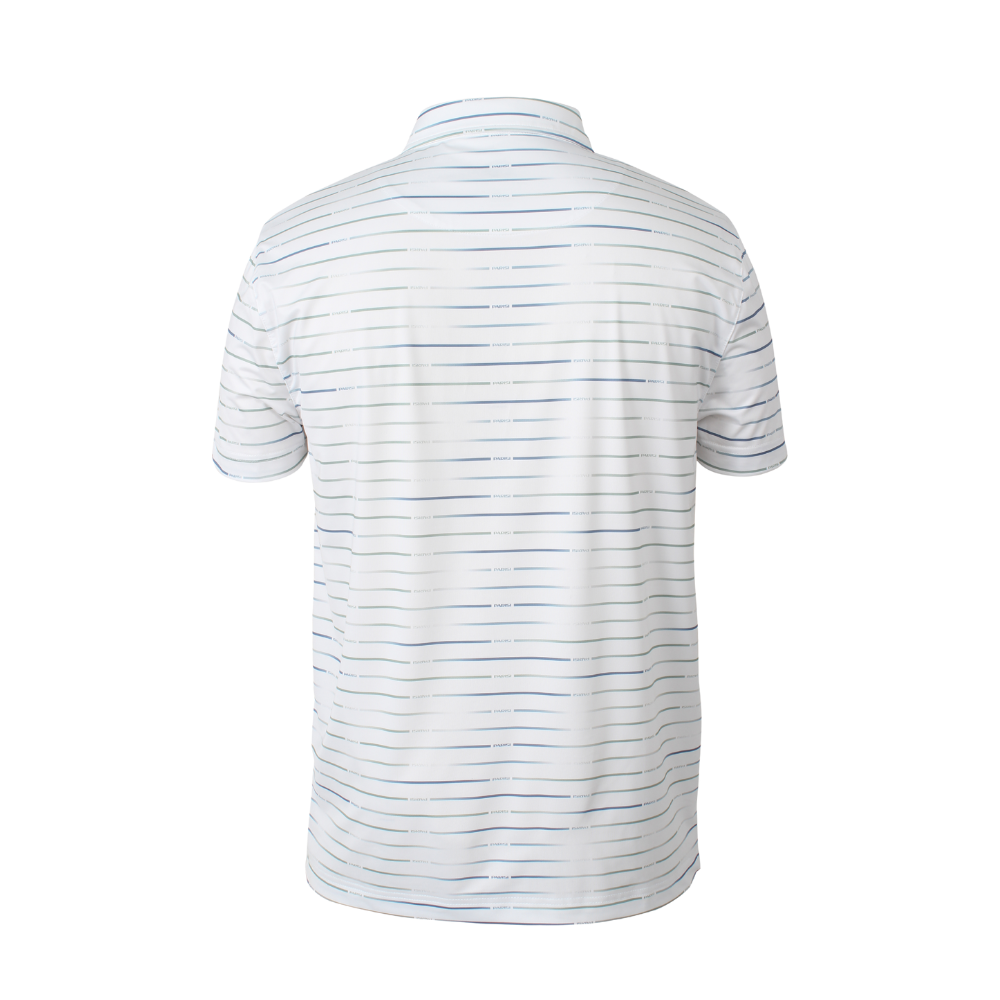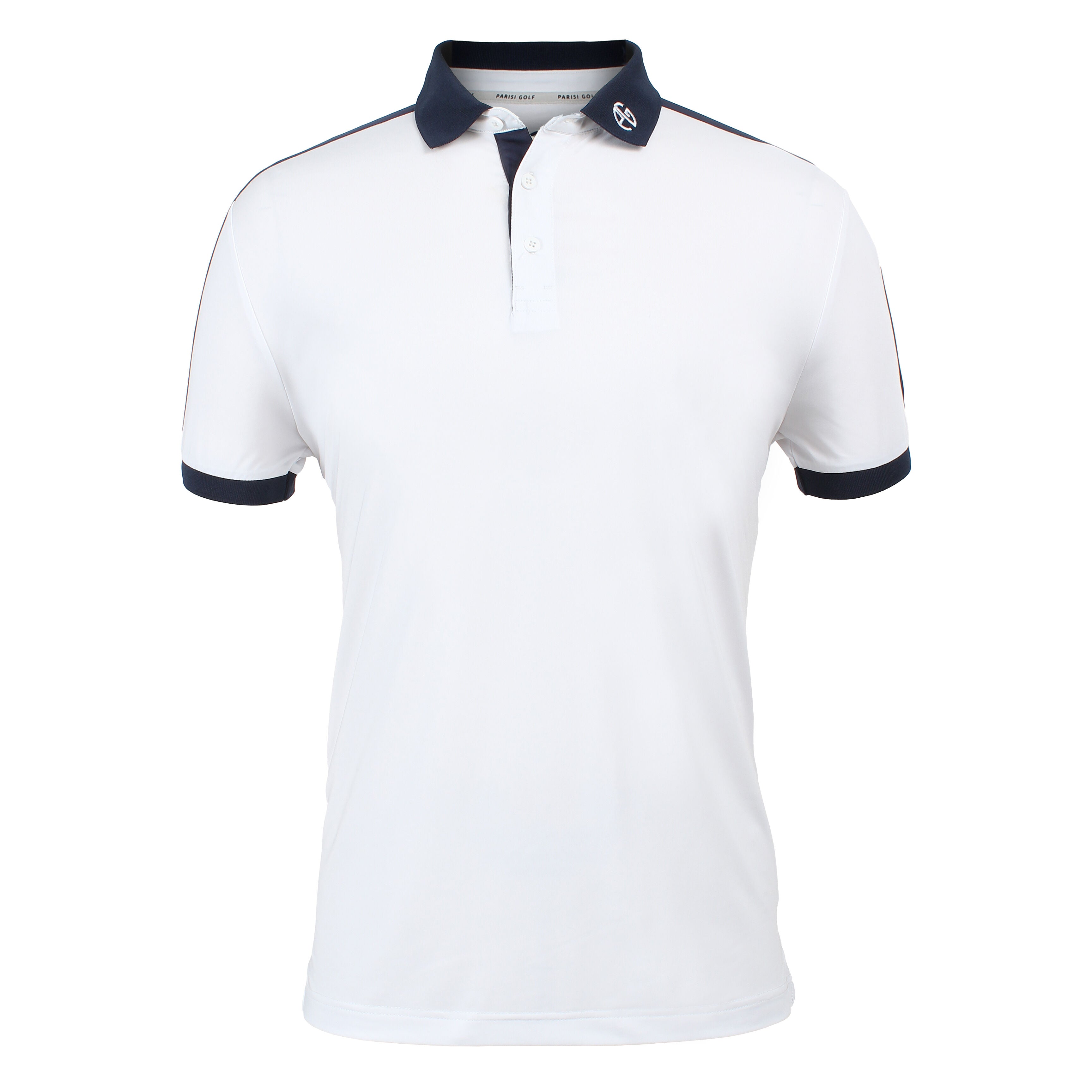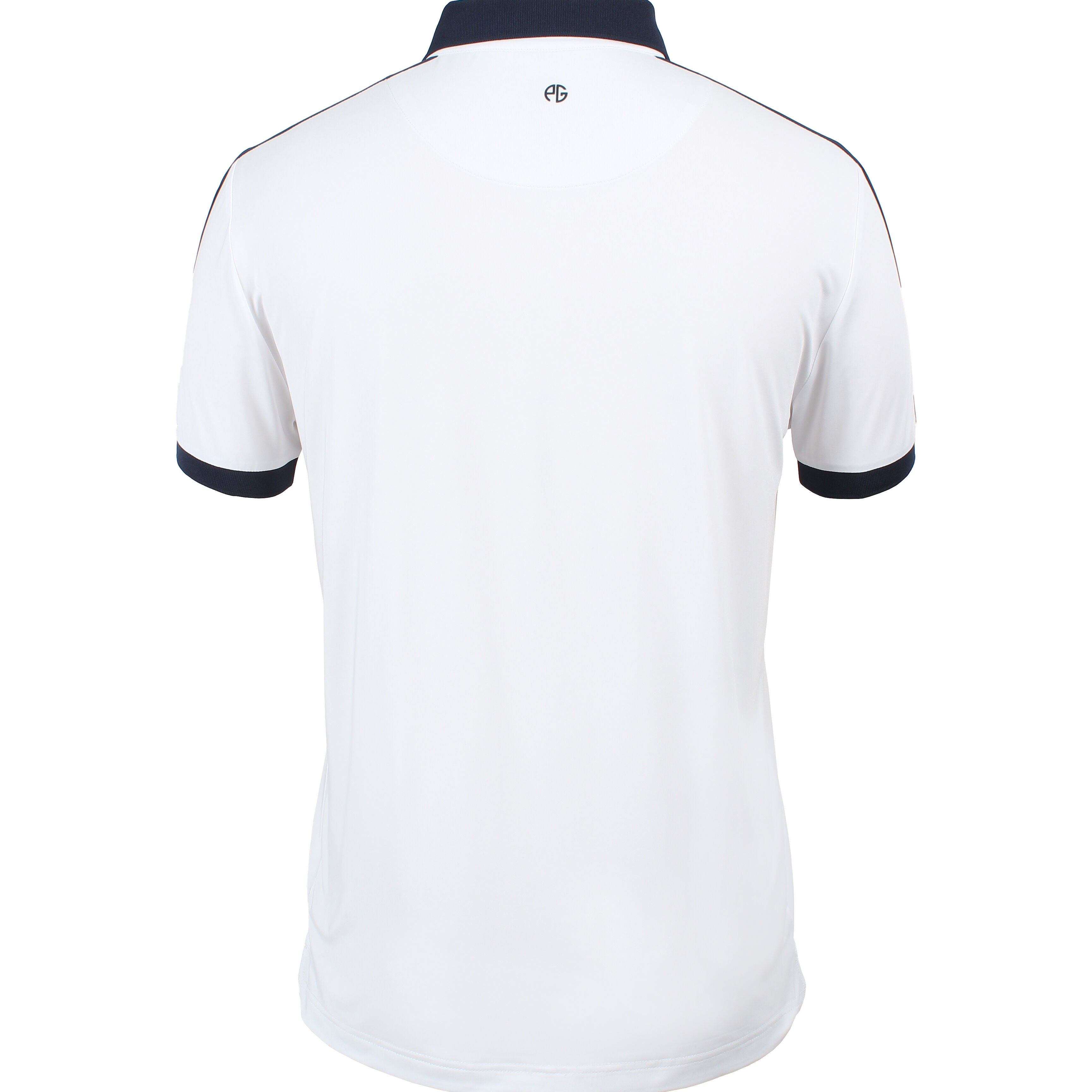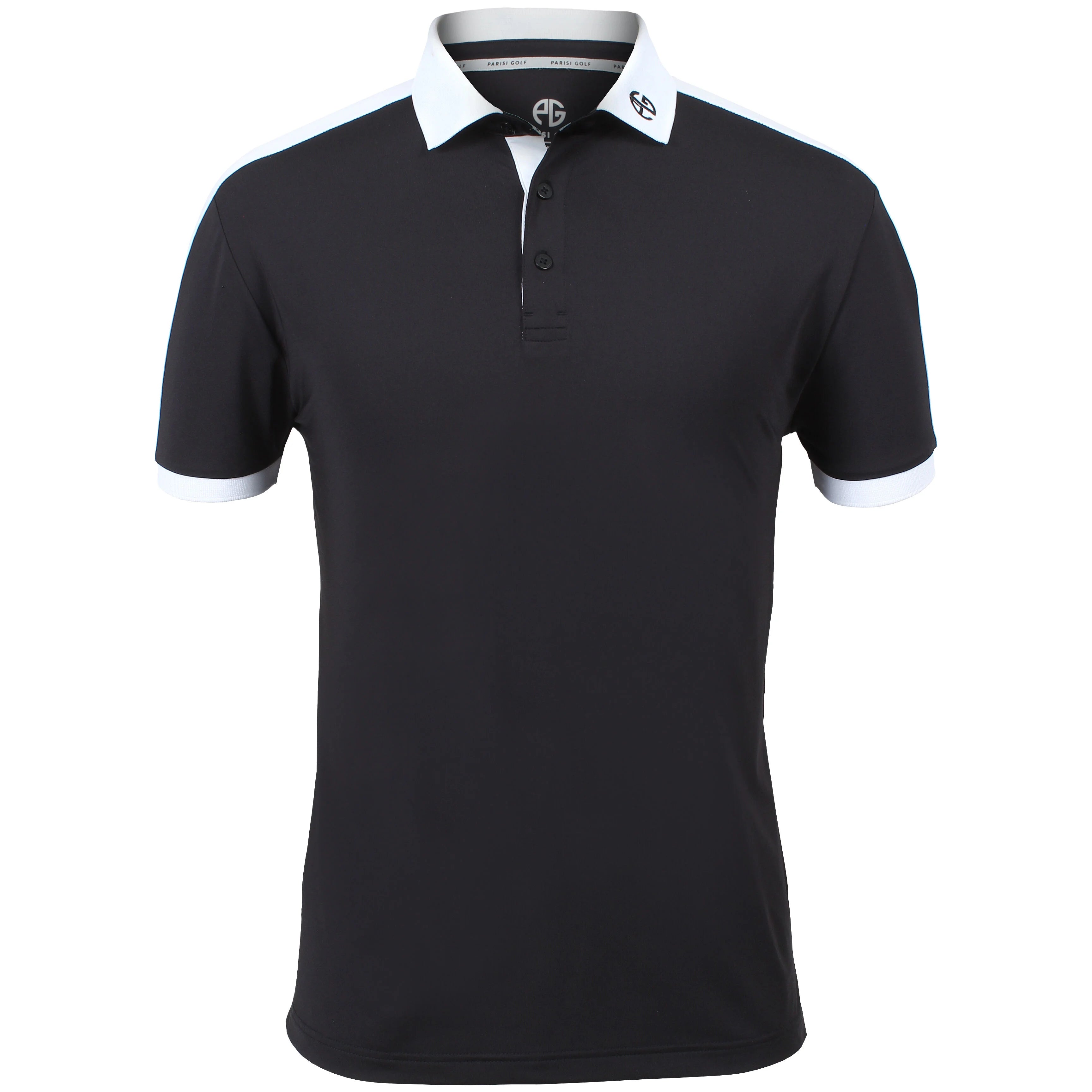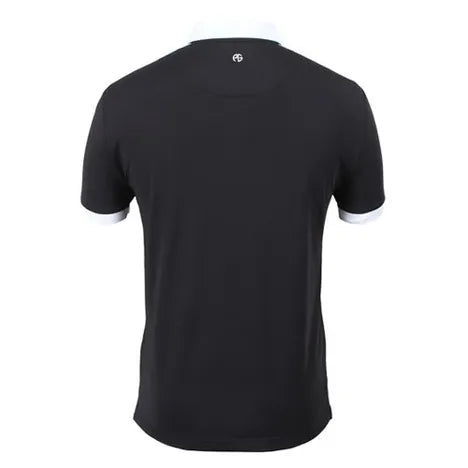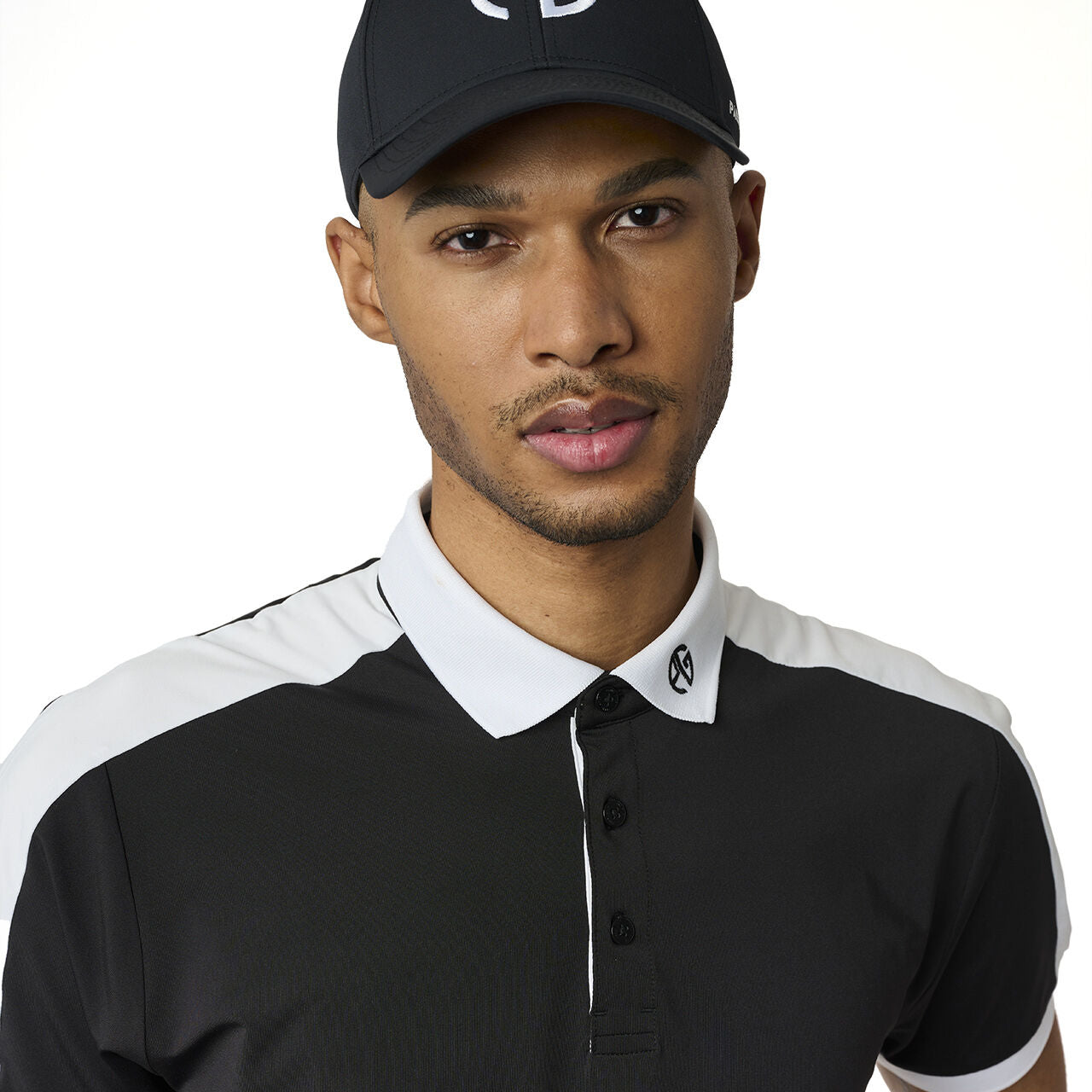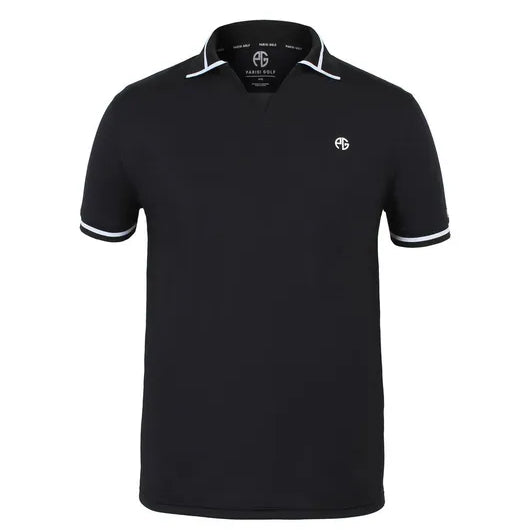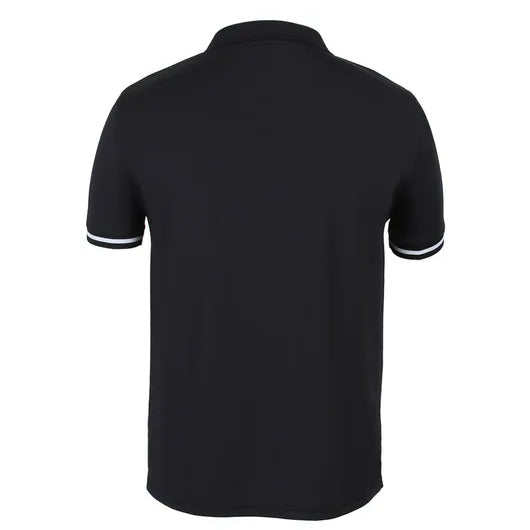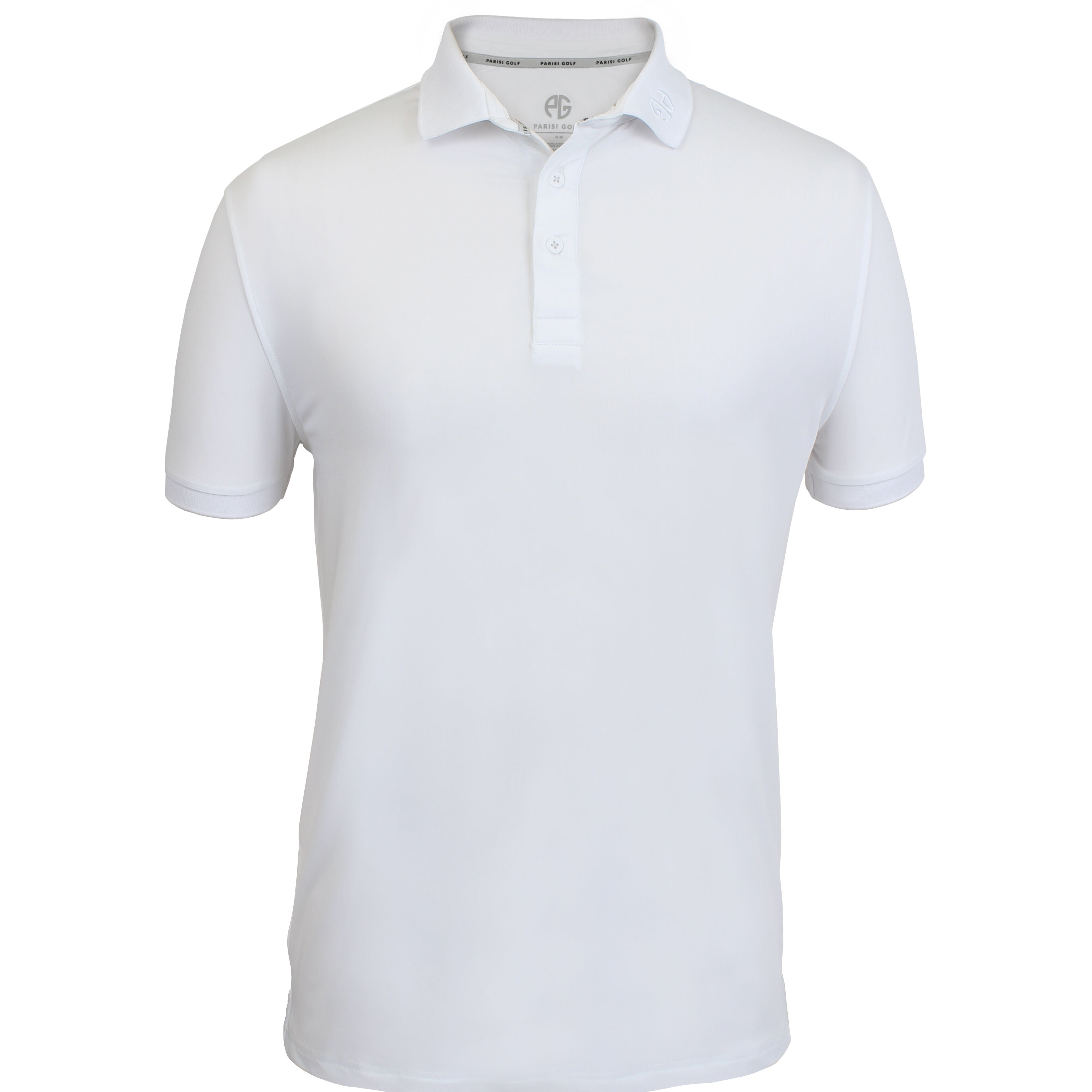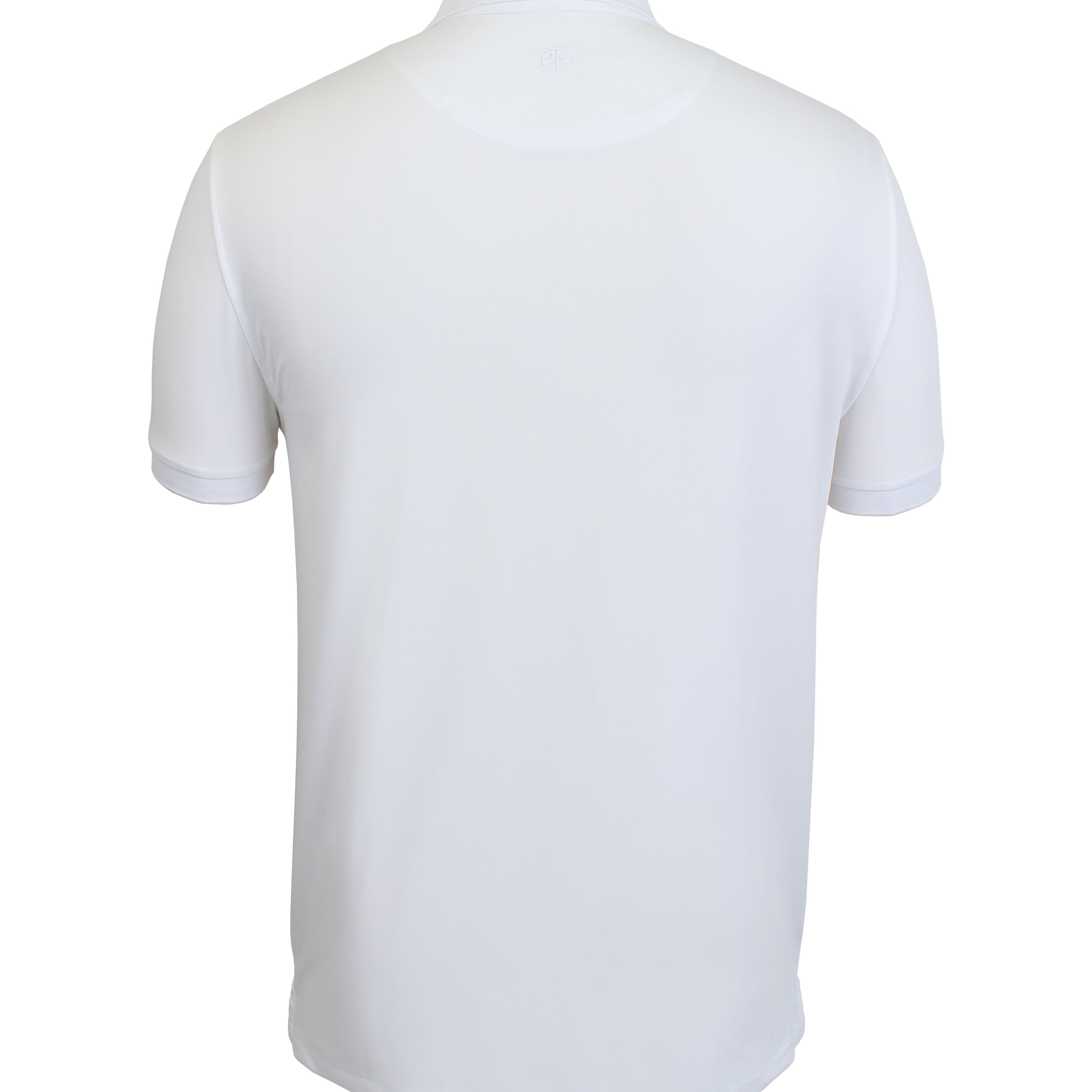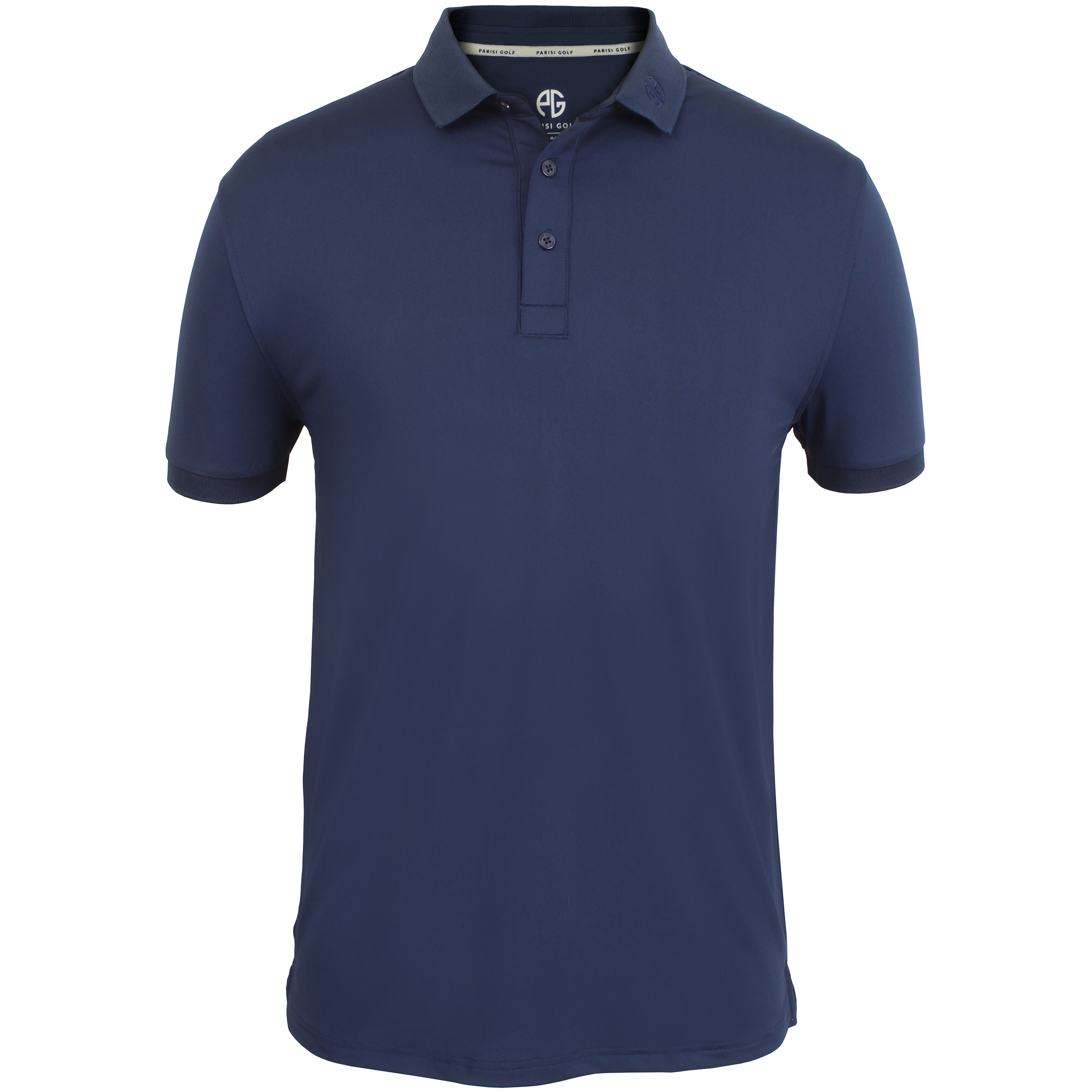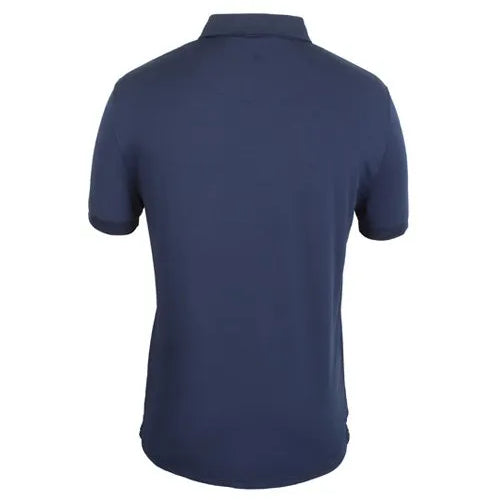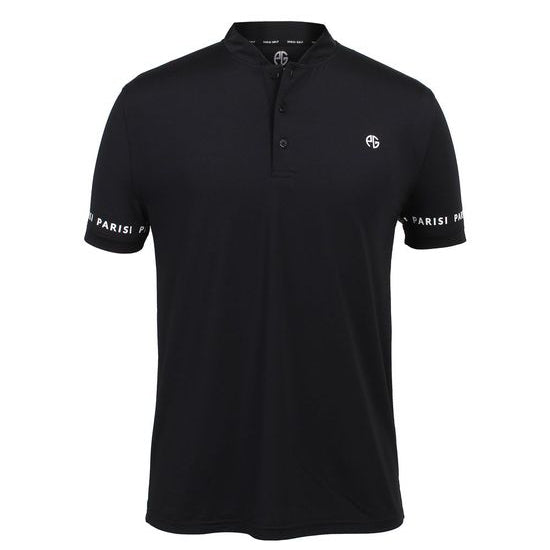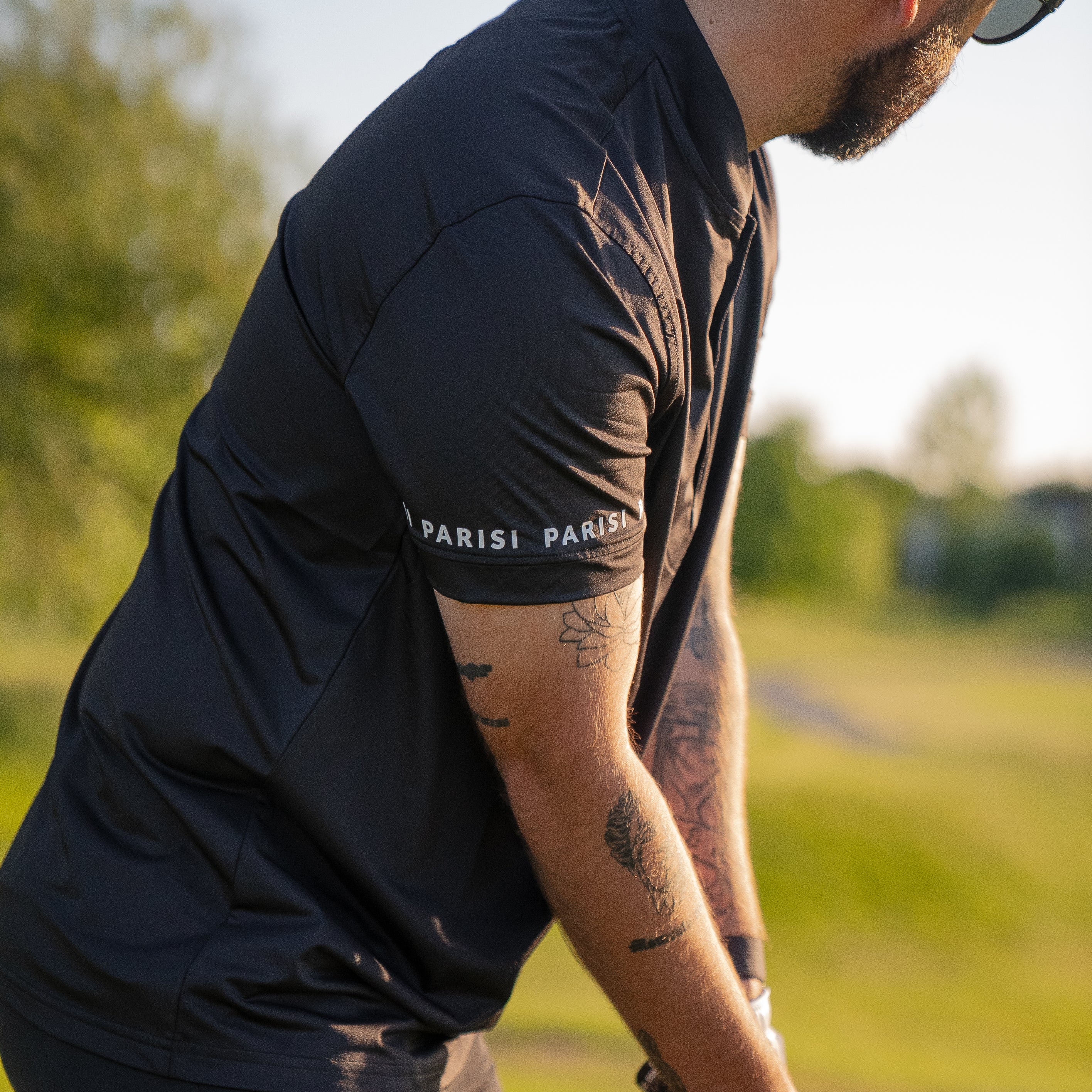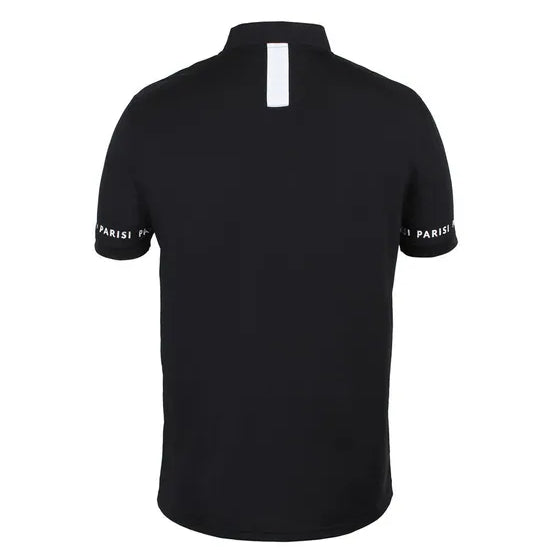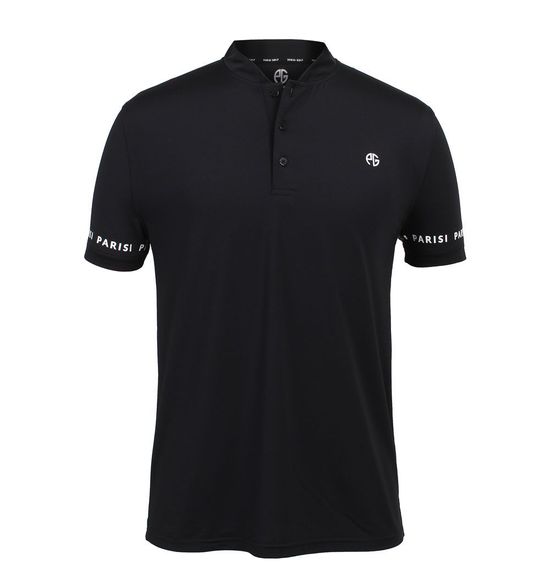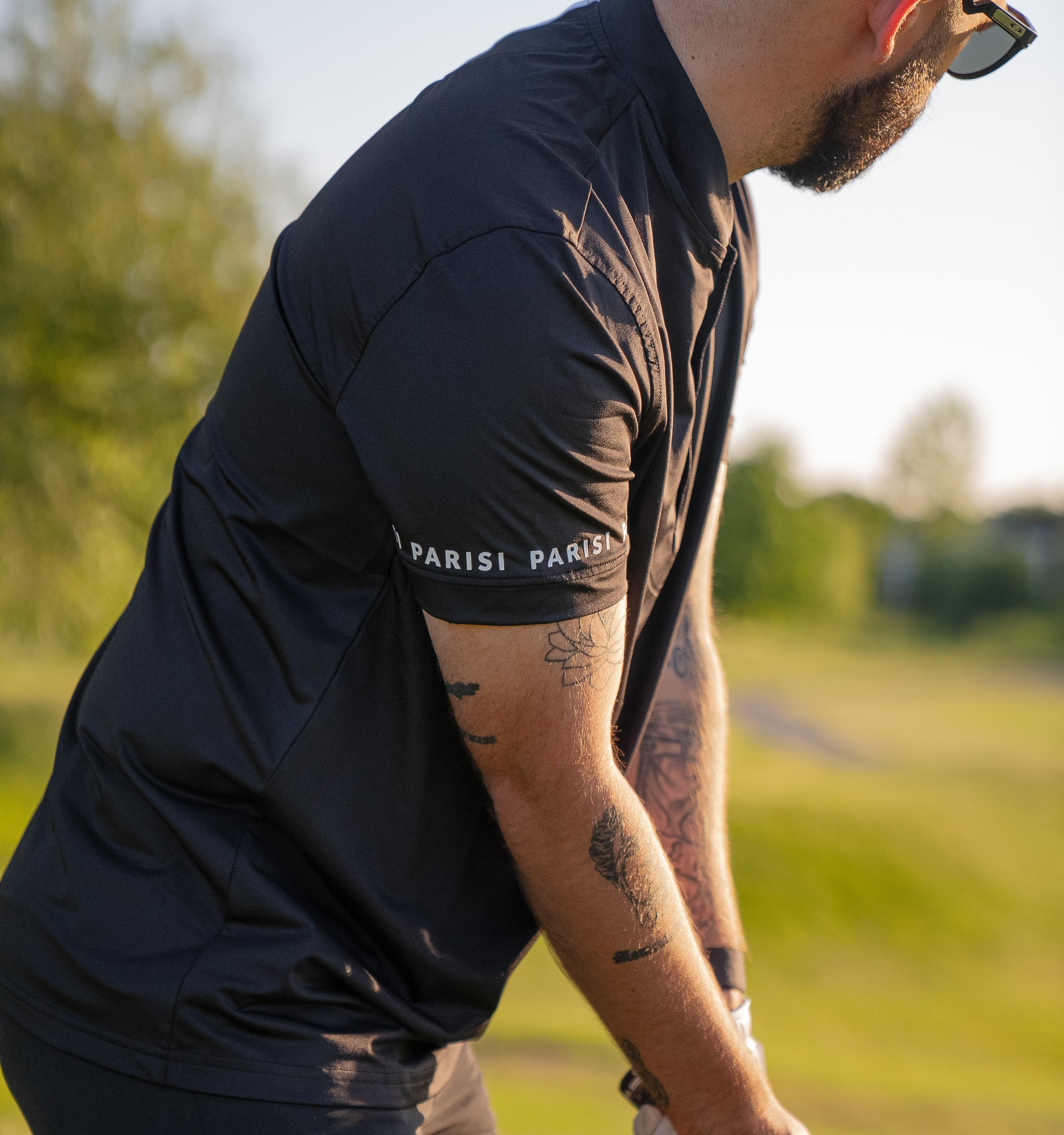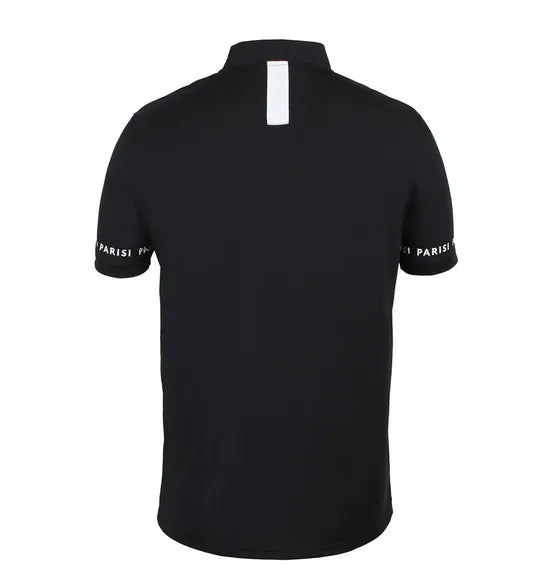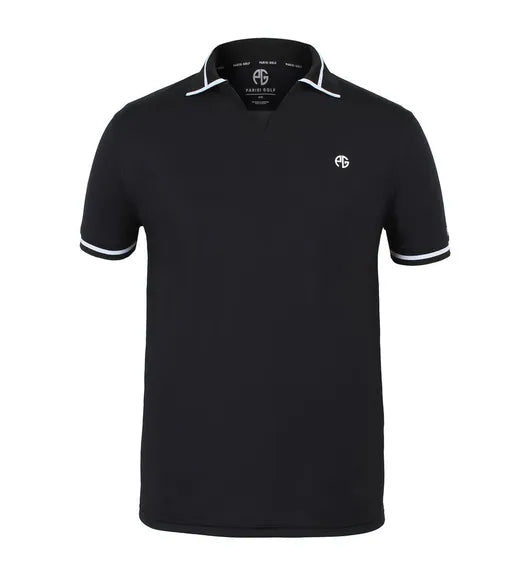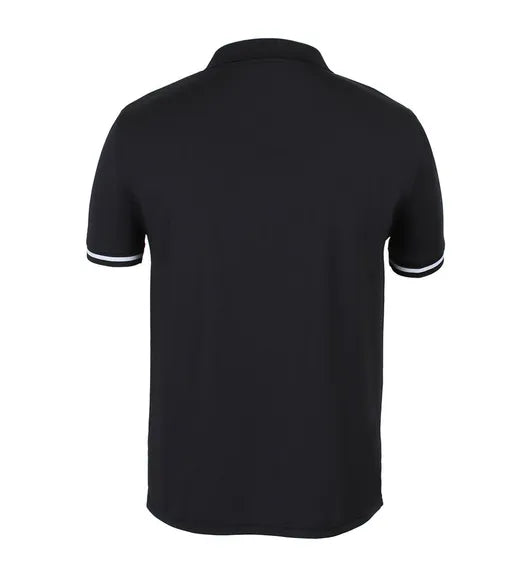When you're playing hole 14 under an afternoon sun, every little detail counts. Many golfers instinctively choose pale colors in the summer, but according to recent research, the reality is a little more complex.
A study conducted in Japan by the Kyoto Institute of Technology analyzed the thermal absorption of different colors exposed to direct sunlight.
Here is the result of the % absorption by color.
Quite surprising: dark green
Absorbs more heat than black. White remains the "coldest," but black is not the main culprit it seems.
Why do we feel warmer in dark colors?
It is not just a question of color, but of the thermal behavior of the fabric .
Dark colors absorb more visible light, which is converted into heat. On the other hand, if your sweater breathes well, heat escapes more easily.
Which brings us to the main point: technical textiles .
The real factor: fabric technology
At Parisi Golf , our polo shirts are made from a high-performance blend: 92% polyester / 8% spandex , a lightweight, breathable and stretchy fabric.
Technical advantages:
- Moisture Management : Wicks sweat away from the fabric
- Quick drying: Prevents heat build-up.
- Extensibility: Facilitates movement during the swing.
In short, it's not the color that matters, but the way the polo shirt is designed.
Whether you're wearing crisp white, a black leaf print, or a stylish mint green, polo shirts are made to perform no matter the temperature. Next time you're torn between a light or dark polo shirt, remember that good fabric is better than a "supposedly cool" color.



